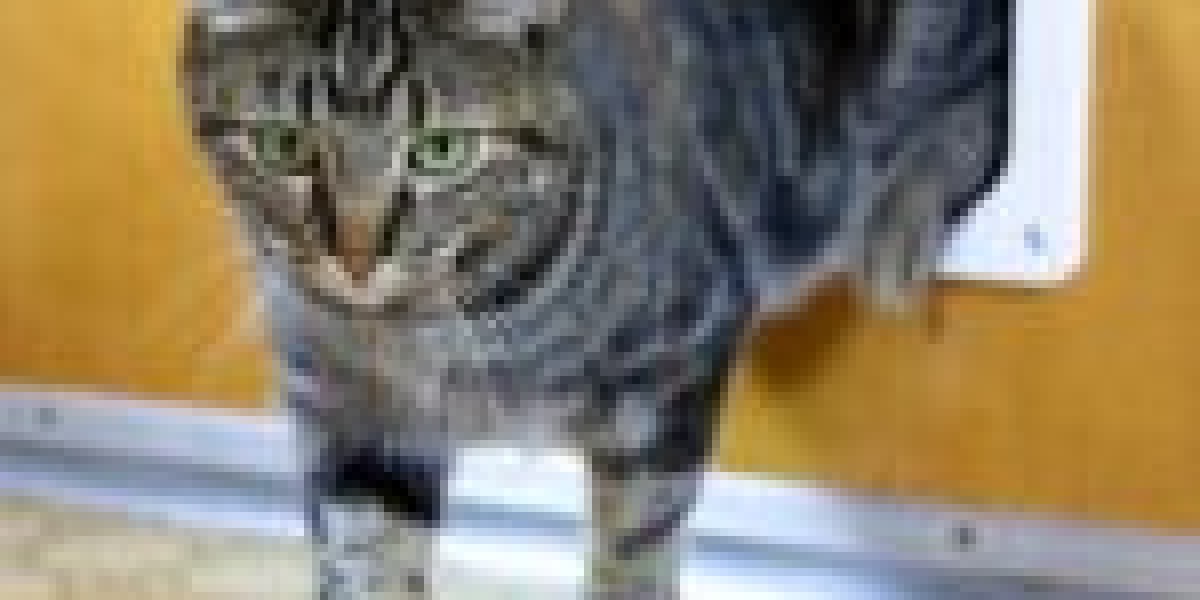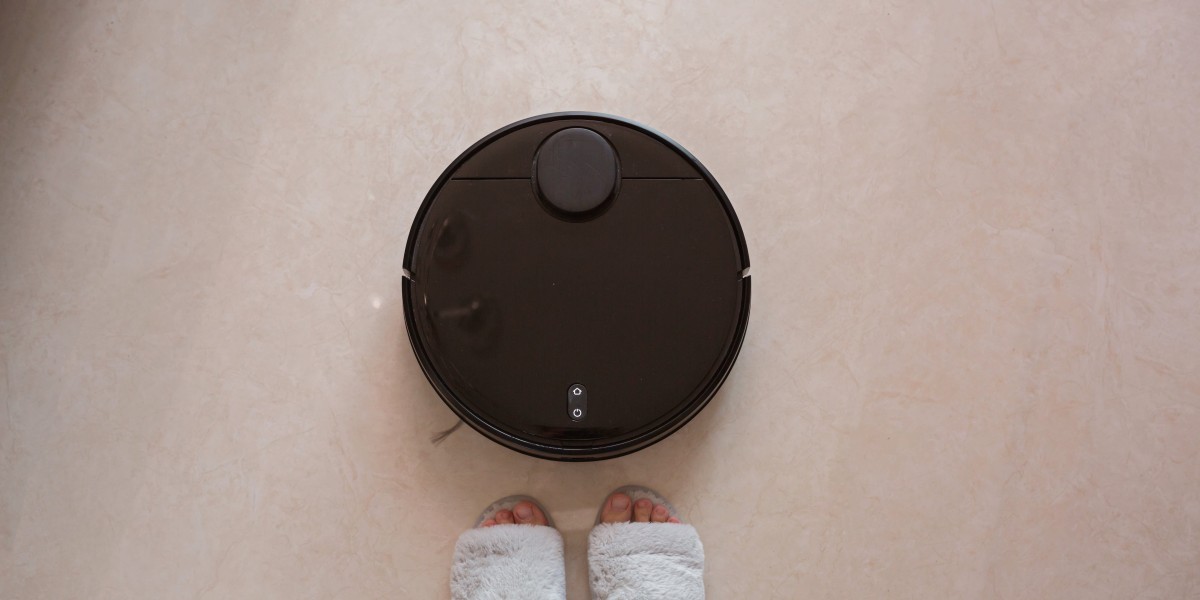The Ultimate Guide to Cat Flap Replacement: Why, When, and How
As a cat owner, it's important to provide your feline buddy with a comfortable and practical method to get in and exit your home. A cat flap, also called a cat door, is a basic and reliable solution that permits your cat to come and go as it pleases. Nevertheless, like any other household product, cat flaps can wear with time, needing replacement. In this short article, we'll explore the reasons that cat flap replacement is required, the indications that indicate it's time for a brand-new one, and a detailed guide on how to change a cat flap.
Why Replace a Cat Flap?
There are several reasons why cat flap replacement is needed:

- Wear and tear: Cat flaps undergo continuous usage, which can lead to wear and tear on the hinges, seals, and other moving parts.
- Weather condition damage: Exposure to rain, snow, and extreme temperature levels can trigger the cat flap to deteriorate, leading to water leakages and drafts.
- Pest control: Old or harmed cat flaps can provide an entry point for unwanted insects, such as rodents, birds, or insects.
- Energy efficiency: A new large cat flap installation flap can help in reducing heat loss and energy intake, making your home more energy-efficient.
- Improved security: Modern cat flaps typically come with advanced security features, such as lockable doors and magnetic seals, to prevent unauthorized entry.
Indications that Indicate it's Time for a New Cat Flap
If you see any of the following signs, it's likely that your cat flap needs to be changed:
- Leaks and drafts: If you discover water or air leaking through the cat flap, it's time to consider a brand-new one.
- Problem opening or closing: If the cat flap ends up being stuck or hard to open or close, it's most likely that the hinges or seals are used out.
- Sound: If the cat flap makes excessive sound when opening or closing, it might be an indication that the moving parts are broken.
- Bug problem: If you notice bugs entering your home through the cat flap, it's time to change it with a brand-new one.
How to Replace a Cat Flap: A Step-by-Step Guide
Replacing a cat flap is a relatively simple DIY job that can be finished with basic tools and materials. Here's a detailed guide:
Materials required:
- A brand-new cat flap
- Screwdriver or drill
- Measuring tape
- Pencil or marker
- Wood screws (if essential)
- Weatherstripping (if necessary)
Instructions:
- Measure the existing cat flap: Measure the width and height of the existing cat flap to ensure that the brand-new one fits perfectly.
- Remove the old cat flap: Use a screwdriver or drill to remove the screws holding the old cat flap in location. Gently pry the cat flap out of the door or wall.
- Clean the location: Clean the location around the old cat flap to remove any particles or dirt.
- Mark the position of the new cat flap: Use a pencil or marker to mark the position of the brand-new cat flap on the door or wall.
- Drill pilot holes: Drill pilot holes for the screws that will hold the brand-new cat flap in place.
- Install the brand-new cat flap: Insert the new cat flap into the door or wall and screw it into location.
- Add weatherstripping (if needed): Apply weatherstripping around the edges of the cat flap to avoid drafts and leakages.
Idea:
- Choose a cat flap that appropriates for your cat's size and type.
- Think about a cat flap with sophisticated security features, such as lockable doors and magnetic seals.
- Utilize a level to ensure that the cat flap is set up straight and level.
- Test the cat flap before installing it to make sure that it works smoothly and silently.
Frequently Asked Questions:
- Q: How long does it require to replace a cat flap?A: The time it takes to change a cat flap depends upon the intricacy of the job and the person's DIY skills. Typically, it takes about 30 minutes to an hour to complete the job.
- Q: Can I change a cat flap myself?A: Yes, changing a cat flap is a reasonably easy DIY task that can be finished with basic tools and materials. Nevertheless, if you're not comfortable with DIY tasks, it's advised to work with a professional.
- Q: How often should I change my cat flap?A: The frequency of replacing a cat flap depends upon use and climate condition. Typically, a cat flap must be replaced every 5-7 years.
- Q: What are the benefits of a new cat flap?A: A brand-new cat flap can improve energy effectiveness, security, and convenience for your cat. It can also decrease noise and avoid pest invasion.
Conclusion:
Replacing a cat door for interior door flap is a simple and important job that can enhance the comfort and benefit of your feline pal. By following the detailed guide laid out in this short article, you can easily change your old cat flap with a new one. Remember to select a cat flap that appropriates for your cat's size and breed, and consider innovative security functions to avoid unapproved entry.
Extra Resources:
- Best Cat Flaps for Energy Efficiency: [link]
- How to Choose the Right Cat Flap: [link]
- DIY Cat Flap cat-friendly housing installation Tips: [link]
By supplying your cat with a comfortable and hassle-free method to go into and exit your home, you can improve its general health and happiness. Keep in mind to change your cat flap every 5-7 years to guarantee that it remains in excellent working condition.








